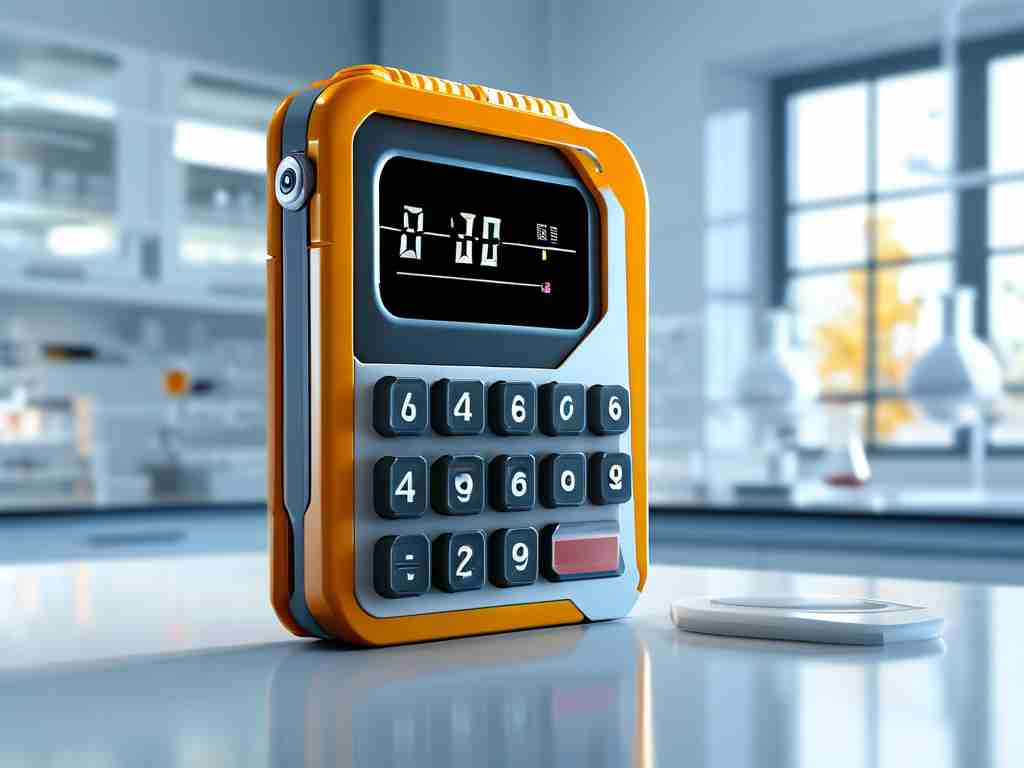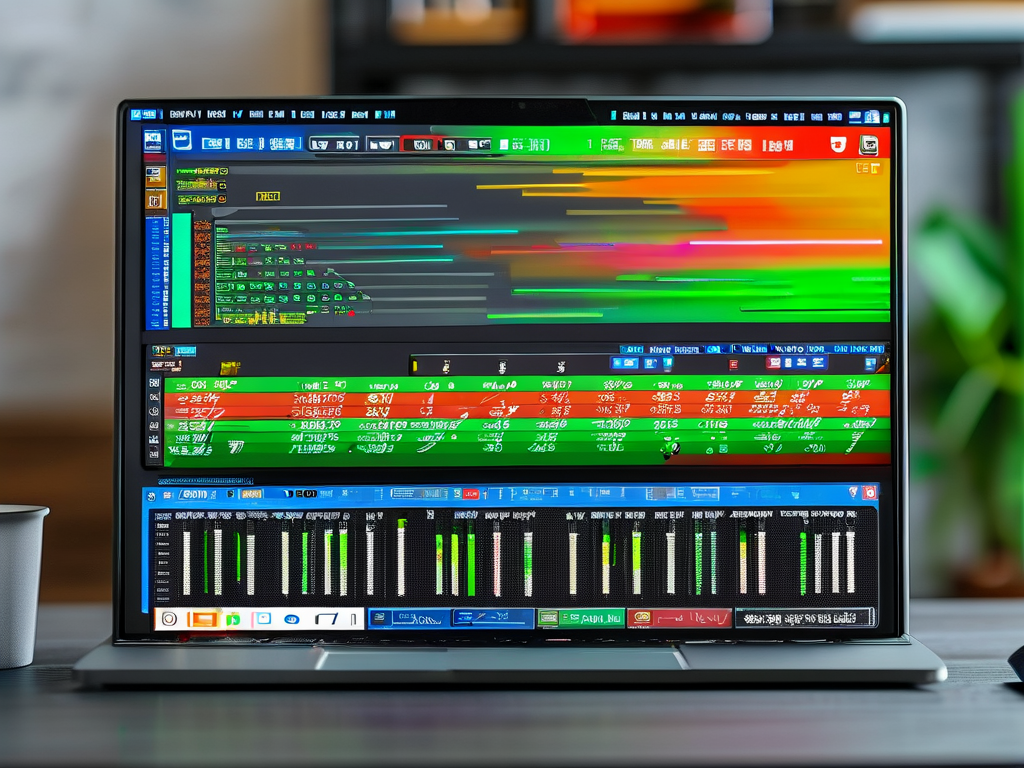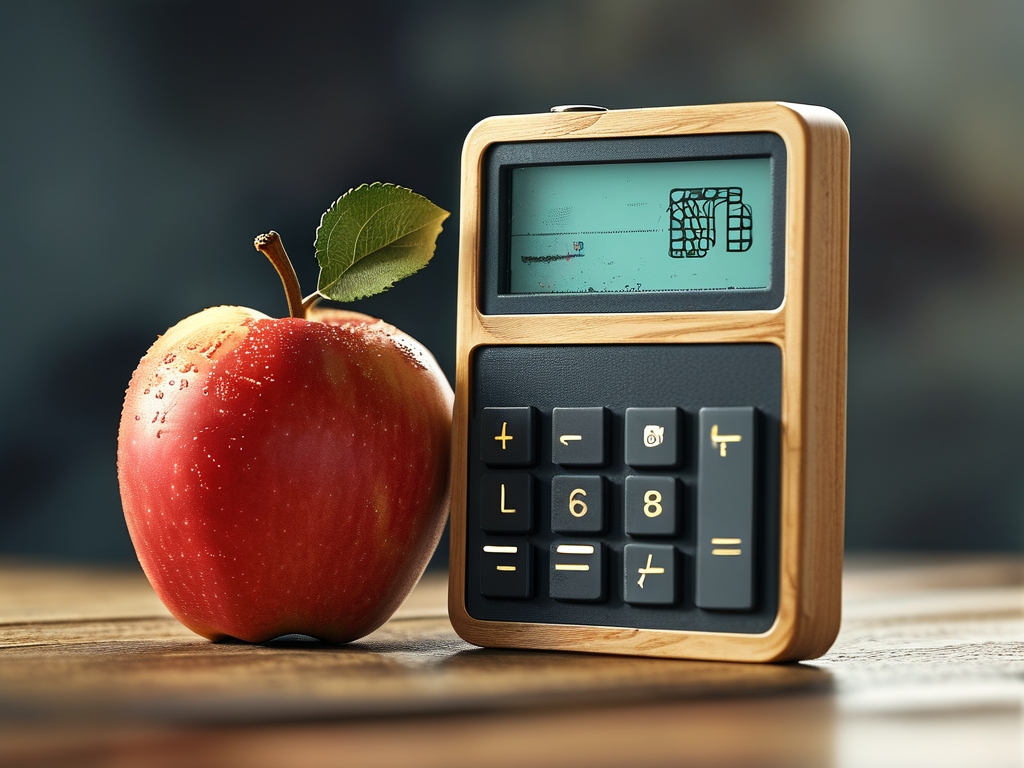In today's digital age, managing storage space on USB flash drives has become a routine task for both personal and professional users. Whether you're transferring documents, backing up photos, or sharing project files, understanding how much data your USB drive can hold is crucial. This raises a common question: Where can I find a USB flash drive memory calculator? Let's explore practical solutions and tools to address this need.
Understanding Storage Calculations
USB flash drives display their capacity in gigabytes (GB) or terabytes (TB), but real-world storage availability often differs due to file system overhead and formatting. For example, a 64GB drive might only offer 59.6GB of usable space. A memory calculator helps users estimate actual storage by factoring in these technical nuances.
Built-in Operating System Tools
Most modern operating systems include basic storage analysis features. On Windows, the "Properties" dialog of any folder or drive shows occupied and free space. Right-clicking the USB drive icon and selecting "Properties" provides a pie chart visualization. Similarly, macOS users can click "Get Info" on a mounted drive to view capacity details. While these tools don’t calculate future storage needs, they help monitor current usage.
Online Storage Calculators
Several web-based tools specialize in storage estimation:
-
Omni Calculator’s File Storage Tool
This platform allows users to input file types (documents, videos, images) and quantities to calculate required storage. For instance, uploading 100 MP3 files (avg. 4MB each) + 500 photos (avg. 5MB each) would require approximately 2.9GB.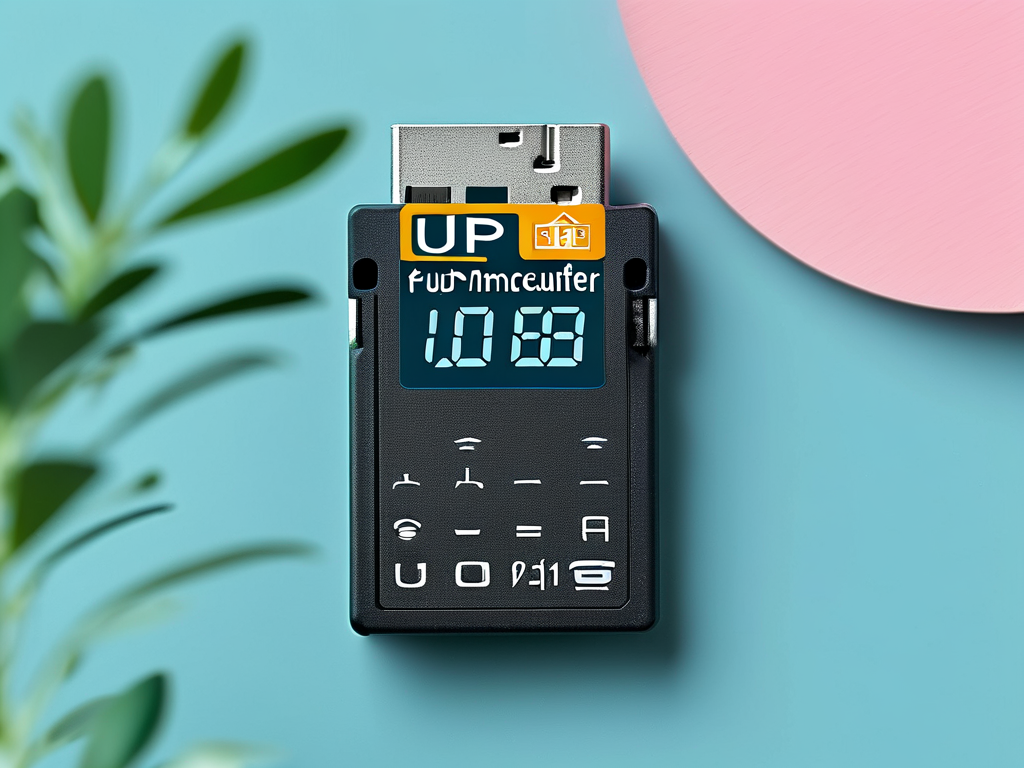
-
TechSpot’s USB Capacity Calculator
A dedicated tool for flash drives that factors in FAT32/NTFS formatting differences. Users input total drive capacity and file formats to get adjusted available space.
# Sample code to estimate USB storage (simplified)
def calculate_usable_space(total_gb, file_system='NTFS'):
overhead = 0.93 if file_system == 'NTFS' else 0.95 # NTFS vs FAT32
return round(total_gb * overhead, 1)
print(f"64GB NTFS drive: {calculate_usable_space(64)}GB usable")
# Output: 64GB NTFS drive: 59.5GB usable
Third-Party Software Solutions
For advanced users, applications like WinDirStat (Windows) or Disk Inventory X (macOS) provide visual storage breakdowns. These tools scan drives and display file distributions via color-coded maps, helping identify space-hogging files.
Practical Calculation Scenarios
Consider these real-world examples:
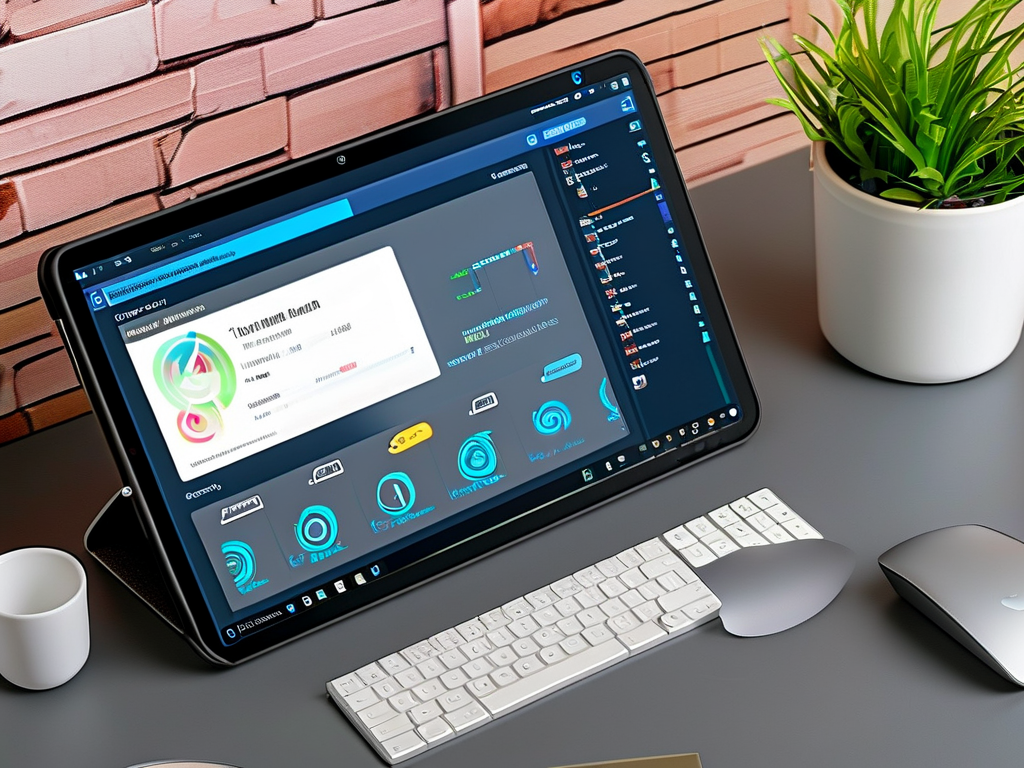
- Student Use Case: Storing PDF textbooks (avg. 50MB each) and lecture videos (500MB/hour). A 32GB drive could hold ~40 books + 10 hours of video.
- Photographer’s Needs: RAW photos (25MB each) on a 128GB drive allow ~4,500 images, minus buffer space for temporary edits.
Manufacturer-Specific Tools
Companies like SanDisk and Kingston offer proprietary utilities. SanDisk’s SecureAccess software includes a storage meter with encryption features, while Kingston’s DTLP Manager provides real-time capacity alerts.
Manual Calculation Methods
For those preferring math-based approaches:
- Convert drive capacity to megabytes (1GB = 1,024MB)
- Subtract 5-7% for file system allocation
- Divide by average file sizes
Example:
64GB drive = 65,536MB
Adjusted space = 65,536 * 0.93 = 60,948MB
Stores 12,189 MP3 files at 5MB each
Troubleshooting Discrepancies
If observed storage doesn’t match calculations:
- Check for hidden system files (e.g., RECYCLE.BIN)
- Scan for malware consuming space
- Verify drive authenticity using tools like H2testw
Future-Proofing Your Storage
As file sizes grow with higher-resolution content, consider:
- Purchasing drives with 20% extra capacity
- Using compression tools like 7-Zip for large archives
- Regularly auditing and deleting obsolete files
Locating a USB memory calculator involves choosing between OS utilities, web tools, or specialized software based on your technical comfort. By combining automated tools with manual checks, users can optimize their flash drive usage effectively. Always verify calculations with real-world tests, as file variations and system settings may impact results.




